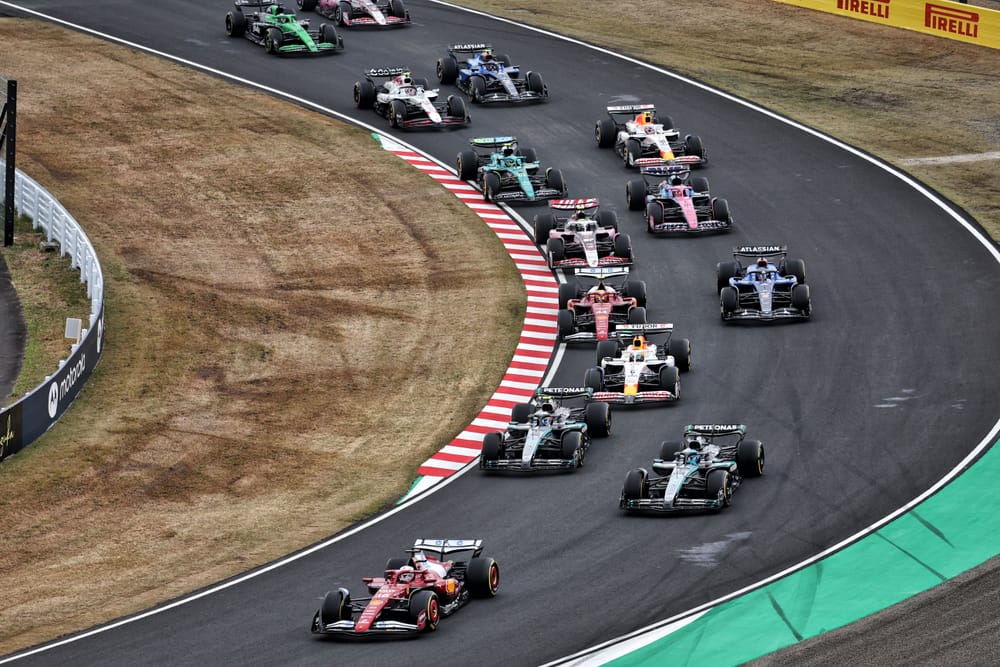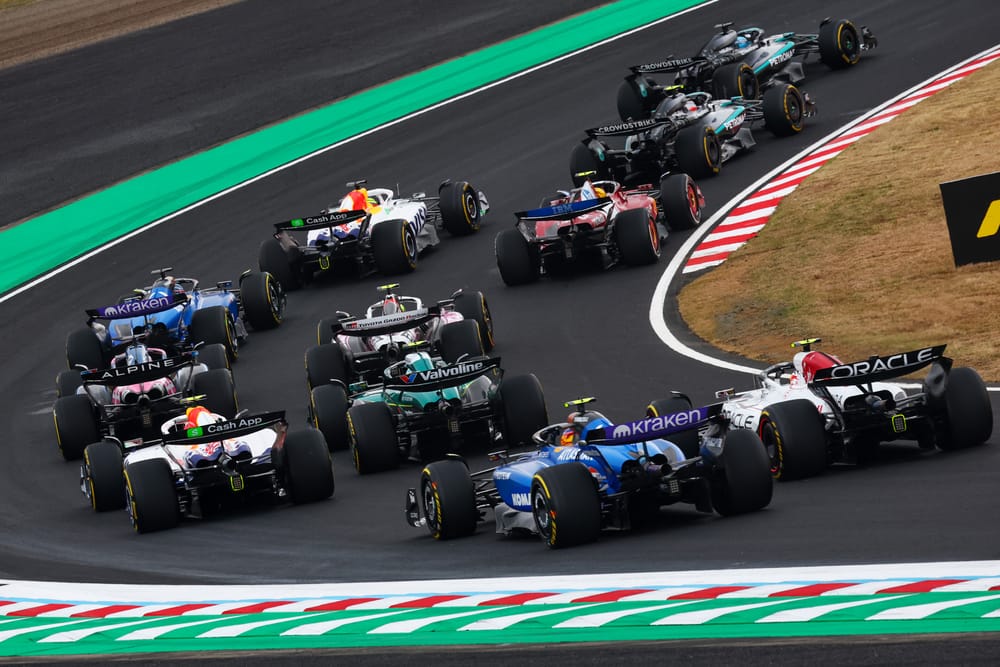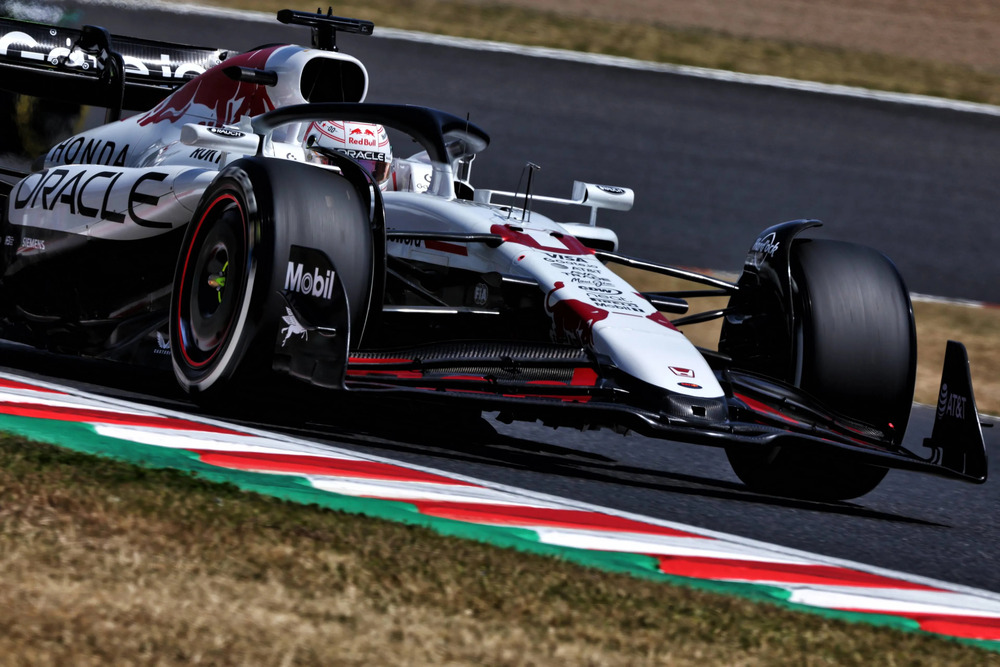As Red Bull is set to begin construction of their new wind tunnel, Christian Horner has indicated that the first car developed in the new facility will be the RB23 in 2026.
Red Bull has stated that the brand-new, cutting-edge wind tunnel will be operational by 2026. This is a big improvement from their current Bedford facility, which is a former Cold War structure with a lot of modern-day challenges.
Red Bull’s choice to construct a new wind tunnel is in line with the pace that Formula 1 technology is evolving. Once the epicenter of aerodynamic testing, their Bedford wind tunnel is now a thing of the past.
It had originally been owned by the National Aeronautical Establishment, who used it for developing several military projects that included the famous Concorde. It was previously used by Jaguar and the Arrows F1 team before Red Bull’s takeover in 2004.
The constructors’ champions withdrew their application for a planning clearance in October, but they want to reapply before construction begins in 2024.
Red Bull intends to integrate the wind tunnel on site to join the factory and the recently established power unit division, Red Bull Powertrains, in order to make its Milton Keynes headquarters a one-stop shop.
However, CEO Horner stated that construction of the new wind tunnel won’t happen overnight and that doing so will take time and money along with planning and teamwork.
“A quirk of the regulations with wind tunnels being a thing of the future by all accounts, we’ve had to go with the times and invest in a new wind tunnel,” Horner said.
“Construction will start during the course of 2024. You don’t want to introduce it in-season, you have to nominate a tunnel for the year, so it will be probably to do the ’27 car in.”
In 2024, Horner’s team will once again receive the smallest wind tunnel allocation; however, in contrast to last year, they will not face any further penalties as a result of falling below the cost cap.
But Horner noted that they have to be strategic with their use of the time they have, given that they have less wind tunnel allocation compared to their rivals.
“Well our allowance increased a bit in October, as we’d served the penalty, so it allowed 7% more time,” he said. “But again, that’s what, 8% less than any other competitor.
“That’s just the way these regulations are and particularly with the wind tunnel that we have, which is a Cold War relic, and not particularly efficient, particularly in cold weather – which you tend to get a bit of in the UK – we have to be very, very selective.
“That’s where the team have done brilliantly well of really being selective of where we channel our development.”





